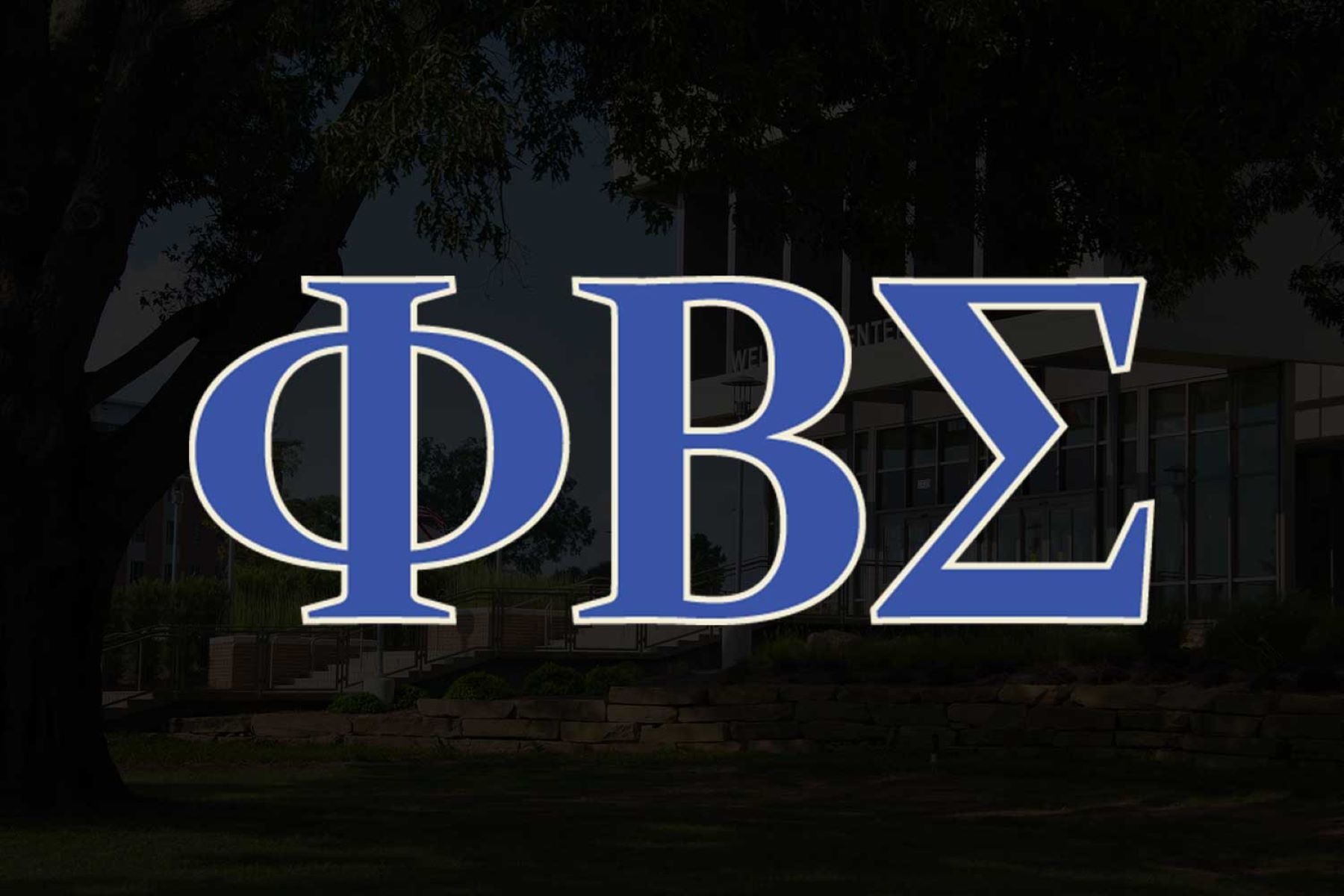
Phi Beta Sigma Fraternity, commonly known as “Sigma,” is a prominent African-American Greek-letter organization that was founded on January 9, 1914, at Howard University in Washington, D.C. With a rich history spanning over a century, Phi Beta Sigma has grown into a dynamic and impactful fraternity, known for its commitment to brotherhood, service, and scholarship.
In this article, we will delve into 15 fascinating facts about Phi Beta Sigma Fraternity. From its founders and famous alumni to its initiatives and impact on the community, we will explore the unique aspects that make Sigma an influential organization within the Greek fraternity system. Whether you are a fraternity member, a history enthusiast, or simply curious about the inner workings of Greek life, this article is sure to provide you with an engaging and informative look into Phi Beta Sigma.
Key Takeaways:
- Phi Beta Sigma Fraternity, founded in 1914, is dedicated to service, social activism, and community empowerment, making a positive impact through scholarships, mentorship, and leadership development.
- The fraternity’s commitment to service and social progress is reflected in its vibrant history, strong network of alumni, and ongoing efforts to uplift and empower communities.
Phi Beta Sigma Fraternity was founded on January 9, 1914.
On this historic day, three visionary young men – A. Langston Taylor, Leonard F. Morse, and Charles I. Brown – came together at Howard University to establish Phi Beta Sigma Fraternity, a brotherhood dedicated to scholarship, service, and community empowerment.
The fraternity’s colors are royal blue and pure white.
These colors symbolize the fraternity’s commitment to loyalty, truth, and purity of purpose. They can be seen proudly displayed during fraternity events and gatherings.
Phi Beta Sigma is a part of the National Pan-Hellenic Council (NPHC).
The NPHC is the umbrella organization overseeing historically African American fraternities and sororities. Phi Beta Sigma shares this membership with other notable organizations like Alpha Phi Alpha and Delta Sigma Theta.
The fraternity has a strong focus on social and political activism.
Phi Beta Sigma is committed to effecting positive change in society. Through various initiatives, they aim to address issues such as education, voter registration, and social justice.
Phi Beta Sigma is known for its signature program, Sigma Beta Club.
The Sigma Beta Club aims to mentor young men, providing them with leadership skills, educational opportunities, and positive role models to help them thrive in their communities.
Phi Beta Sigma has an official motto: “Culture for Service and Service for Humanity.”
This motto emphasizes the fraternity’s dedication to uplifting communities through service. Members strive to make a positive impact by engaging in various service projects.
Phi Beta Sigma’s mascot is the “Dove.”
The Dove symbolizes peace, freedom, and hope. It serves as a reminder of the fraternity’s commitment to promoting harmony and social progress.
The fraternity has chapters across the United States and abroad.
Phi Beta Sigma has a strong presence on college campuses and communities worldwide. Through their network of chapters, they continue to expand their reach and impact.
Phi Beta Sigma hosts an annual national convention called “Conclave.”
Conclave brings together members from various chapters for a week-long event filled with workshops, networking opportunities, and celebrations of brotherhood.
Notable members of Phi Beta Sigma include civil rights leader Dr. Martin Luther King Jr.
Dr. King was a member of Alpha Chapter at Morehouse College. His commitment to social justice and equality resonated with the fraternity’s ideals.
Phi Beta Sigma offers scholarships to deserving students.
The fraternity believes in supporting educational endeavors. Through their scholarship programs, they assist students in pursuing their academic goals.
Phi Beta Sigma has a strong emphasis on personal and professional development.
Members are encouraged to cultivate leadership skills, excel academically, and pursue career excellence. The fraternity provides resources and mentorship to help members thrive in all areas of life.
Phi Beta Sigma celebrates its Founders’ Day on January 9th each year.
On this special day, members reflect on the fraternity’s rich history and recommit themselves to the principles set forth by the founders.
The fraternity’s official publication is called “The Crescent Magazine.”
This magazine serves as a platform for sharing fraternity news, highlighting achievements, and showcasing the impact of Phi Beta Sigma in the community.
Phi Beta Sigma has a strong network of alumni.
After graduation, members continue to stay connected through alumni chapters and stay involved in the fraternity’s initiatives, providing mentorship and support to younger members.
Conclusion
Phi Beta Sigma Fraternity is a storied organization with a rich history and impressive achievements. From its founding at Howard University to its impact on communities worldwide, Phi Beta Sigma has consistently stood for excellence, brotherhood, and service. With a strong emphasis on scholarship, leadership, and cultural awareness, the fraternity has continued to thrive and make a significant impact on the lives of its members and the communities they serve.
Whether through their commitment to education, their dedication to community service, or their celebration of African American culture, Phi Beta Sigma Fraternity has left an indelible mark on society. The 15 facts highlighted in this article only scratch the surface of the fraternity’s accomplishments and contributions, but they serve as a testament to the enduring legacy of Phi Beta Sigma and its commitment to making a positive difference in the world.
FAQs
1. When was Phi Beta Sigma Fraternity founded?
Phi Beta Sigma Fraternity was founded on January 9, 1914.
2. What is the mission of Phi Beta Sigma Fraternity?
The mission of Phi Beta Sigma Fraternity is to promote brotherhood, scholarship, and service.
3. How many chapters does Phi Beta Sigma have?
Phi Beta Sigma Fraternity has over 700 active chapters worldwide.
4. Can women join Phi Beta Sigma Fraternity?
No, Phi Beta Sigma is a men’s fraternity. However, the sister organization, Zeta Phi Beta Sorority, accepts women as members.
5. What are some notable Phi Beta Sigma Fraternity members?
Notable members of Phi Beta Sigma include civil rights leaders Dr. Martin Luther King Jr. and John Lewis, as well as NFL player Emmitt Smith.
6. Does Phi Beta Sigma Fraternity have any philanthropic initiatives?
Yes, Phi Beta Sigma has a strong focus on community service and has several philanthropic initiatives, including their Sigma Beta Club mentoring program.
7. How can I join Phi Beta Sigma Fraternity?
If you are interested in joining Phi Beta Sigma, you can reach out to a local chapter or visit the fraternity’s official website for more information on the membership process.
8. What is the significance of the Phi Beta Sigma symbols?
The fraternity’s symbols, including the dove (Sigma’s official bird) and the Sigma shield, represent peace, brotherhood, and the values upheld by Phi Beta Sigma.
9. Does Phi Beta Sigma Fraternity have any scholarships?
Yes, Phi Beta Sigma offers various scholarships to support the educational pursuits of its members and help them achieve their academic goals.
10. How does Phi Beta Sigma contribute to its local communities?
Phi Beta Sigma actively engages in community service initiatives, including mentoring programs, educational outreach, and social awareness campaigns, to make a positive impact on its local communities.
Was this page helpful?
Our commitment to delivering trustworthy and engaging content is at the heart of what we do. Each fact on our site is contributed by real users like you, bringing a wealth of diverse insights and information. To ensure the highest standards of accuracy and reliability, our dedicated editors meticulously review each submission. This process guarantees that the facts we share are not only fascinating but also credible. Trust in our commitment to quality and authenticity as you explore and learn with us.


